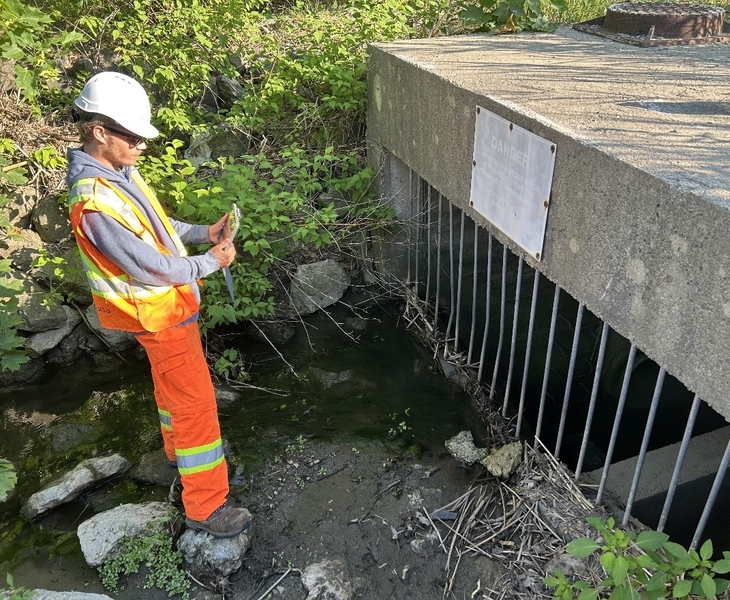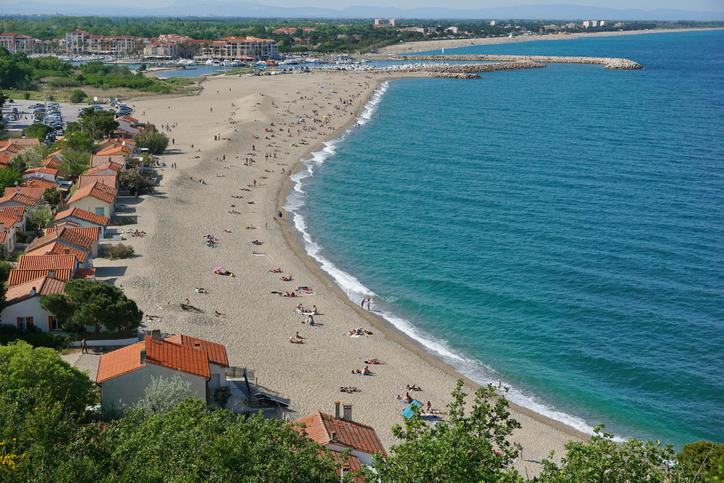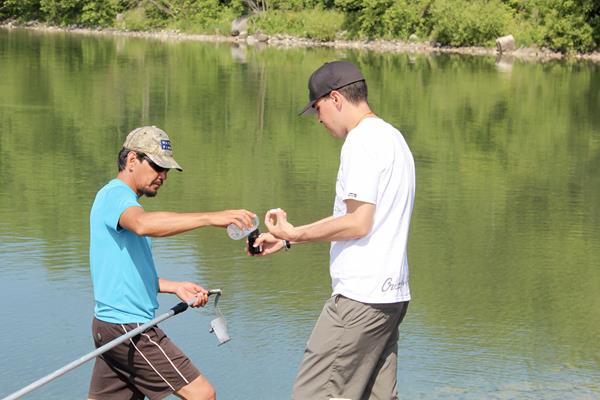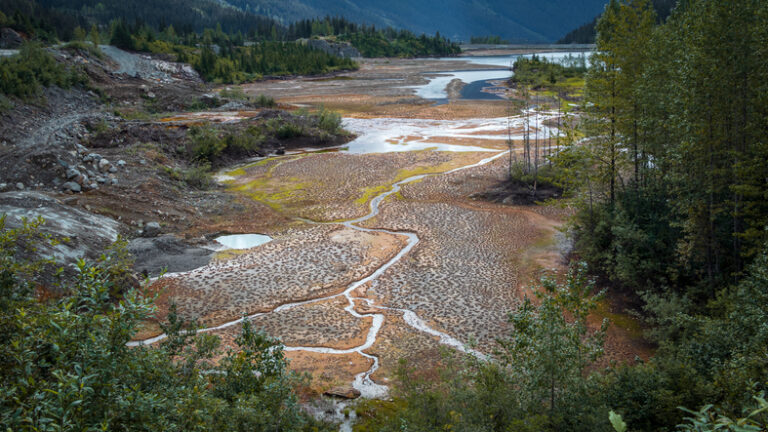New research by a team led by University of Saskatchewan (USask) hydrologist Jay Famiglietti shows water is leaving the continents at an increasing rate, which is fuelling sea level rise.
“The continents are drying out,” said Famiglietti. “We’re talking about water security being at risk, we’re talking about food security being at risk.”
Famiglietti, the former senior water scientist at NASA’s Jet Propulsion Laboratory at the California Institute of Technology, is now the director of the Global Institute for Water Security at the University of Saskatchewan and a Canada 150 Research Chair in Hydrology and Remote Sensing.
He’s spent nearly two decades studying data from NASA’s Gravity Recovery and Climate Experiment mission, commonly known as GRACE. The mission involves a pair of satellites that were launched roughly 400 kilometres into Earth’s orbit in 2002. The GRACE mission wrapped up in mid-2017, but a follow-on mission dubbed GRACE-FO began in 2018 and continues to collect data today.
Famiglietti describes the tandem satellites as “a scale in the sky.”
Because regions with greater water mass exert more gravitational pull, the satellites are pulled closer to Earth when they pass over areas with more water.
“By keeping track of the ups and downs of the satellites, we can map out the regions around the world that are gaining or losing water mass on monthly and longer timescales,” said Famiglietti. “GRACE has really allowed us to see—with great detail—how the world’s freshwater landscape has changed over the time period that it’s been collecting these measurements.”
His latest study, which has done exactly that, was published this month in the peer-reviewed journal Geophysical Research Letters, after over 15 years of research. Collaborators on the paper include several of his former students, now at the California Institute of Technology, National Taiwan University, and the Indian Institute of Technology. Collaborators also include long-time colleagues at the University of Colorado and the University of South Florida.

Water on Earth exists in four major reservoirs: the land, ocean, Greenland ice sheet, and Antarctic ice sheet. From 2002 to 2020, the land lost water mass at the rate of 0.87 millimeters of sea level equivalent per year, which was greater than the 0.76 and 0.39 millimetres of sea level equivalent water mass lost per year by the Greenland and Antarctic ice sheets respectively.
“They sound like small numbers, but of course they add up over a long period of time,” said Famiglietti. “And we know that small changes of the same order are already having a huge impact in places that are low lying. These are problems happening now. Five to ten years from now they will only be worse.”
It’s commonly understood that the sea level is rising and that the Greenland and Antarctic ice sheets are melting. But until the launch of the GRACE mission it was almost impossible to understand how much water was being lost or gained by the continents, according to Famiglietti. Now that’s laid bare and it’s clear the continents are losing water and the rate of that loss has accelerated since 2011—a trend Famiglietti describes as “very troubling.”
“We’re so focused on the ice sheets when it comes to sea level rise, but we really need to be paying more attention to what’s happening on land as well,” he said.
Water loss from the continents is fuelled by two things: melting and groundwater loss.
Melting is happening in glaciers, such as those in the Canadian Rockies, and northern regions of the world, where snow and permafrost is disappearing. Groundwater is depleted as people and industry access that water for drinking, irrigation, and other uses. Both have significant ramifications for water security and, in turn, food security. Famiglietti points out that a third of the population relies on groundwater as its primary water source and that more than half the world’s major aquifers have been irreversibly depleted.
The GRACE data has also allowed Famiglietti and his team to quantify how much water moves through the water cycle—in other words, how much water evaporates from the oceans and falls back to Earth on land, and vice versa—over time. More evaporation and more precipitation on land can result in more flooding, while less evaporation and less rain can lead to more drought. Since 2018, the global water cycle has been amping up, which could suggest more flooding is on the horizon.
It’s a grim picture of the world’s water, but one Famiglietti hopes people pay attention to.
“We just can’t take this for granted anymore,” he said. “It’s happening now. And it’s only going to get worse.”










Thank you for this article! I appreciate how understandable and well written the information is.
For the last while, I’ve been curious whether heavy rains and flooding in different places worldwide offset the water loss from rivers, lakes and aquifers. Somehow I felt it didn’t but I had nothing to base this on so decided to do some searching and found this article. I never have expected water loss from continents to contribute so much to sea level rise. I’m actually rather shocked to find how much it does! I also find it interesting that the results have only been know relatively recently (summer 2021). Thank you again!